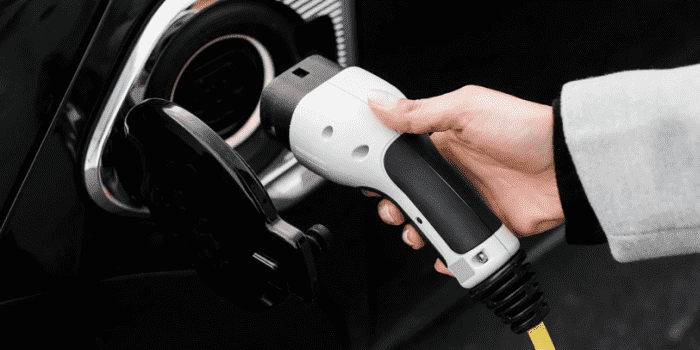The federal government is spending billions of dollars on getting consumers to purchase electric vehicles. Automobile manufacturers are constructing new plants and searching the globe for raw resources.
The electric vehicle revolution is almost here, but it is being hampered by a basic issue: the chargers used to refill these vehicles still take anything from 15 minutes to 12 hours. This aspect turns off many would-be EV buyers, but MIT researchers believe they have found a solution.
Professor of Materials Chemistry Donald Sadoway of MIT (Massachusetts Institute of Technology) and co-authors from Peking University, Yunnan University, Wuhan University of Technology, University of Louisville, University of Waterloo, and Argonne National Laboratory claim to have discovered a less expensive alternative to expensive lithium-ion batteries in a paper they published.
“I wanted to invent something that was better, much better, than lithium-ion batteries for small-scale stationary storage, and ultimately for automotive [uses],” Sadoway admitted.

Sadoway turned to aluminum to find a reliable replacement for volatile lithium.
The cheapest nonmetal available, sulfur, was subsequently selected by the MIT scientist to serve as the battery’s secondary electrode. Sadoway employed an electrolyte made of molten salt to move ions between the two locations. Although the battery’s design focuses on affordability and easily accessible resources, Sadoway lists several other advantages.
“The ingredients are cheap, and the thing is safe—it cannot burn,” proclaimed Sadoway.
However, the aluminum-sulfur battery still produces heat. Studies show that at 110 degrees Celsius (230 degrees Fahrenheit), the device charged 25 times more quickly than it did at 25 degrees Celsius (77 F).

In addition, the battery generates heat during both the charging and discharging processes. This keeps the salt solution from freezing and enables it to operate at the proper temperature.
Moreover, the dissolution of accumulating metal dendrites by molten salt electrolytes might eventually lead to shortages. Even though this reliable, inexpensive battery isn’t utilized in cars right now, Sadoway thinks it will soon help shorten charging times. When deployed at charging stations, the battery technology may store energy before quickly releasing it to customers, cutting down on wait times.

We expect the new technology will hasten the adoption of electric motorcycles in the future if the testing is successful.


